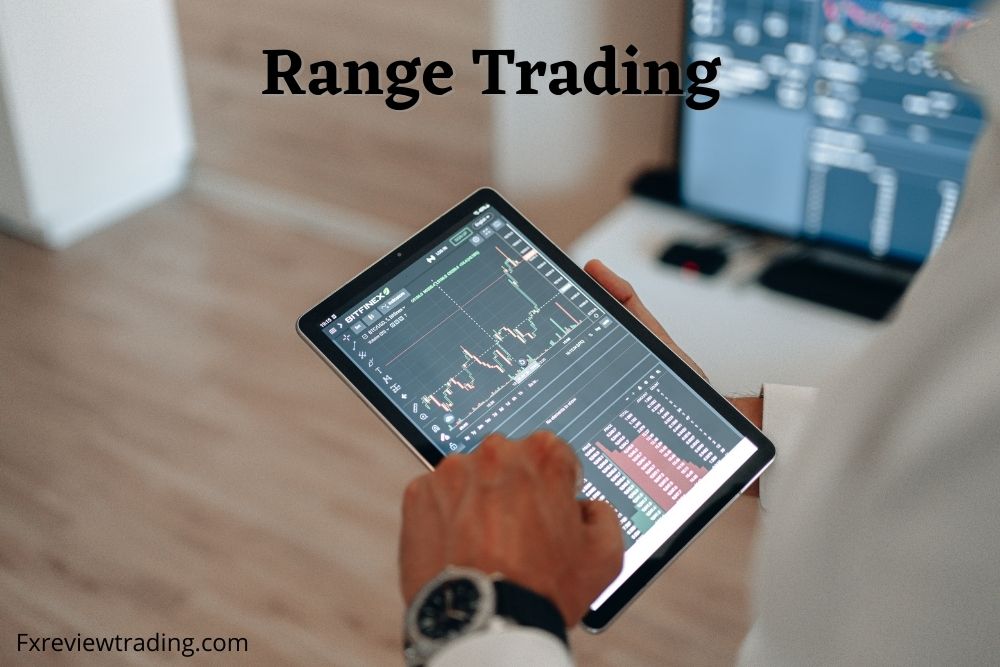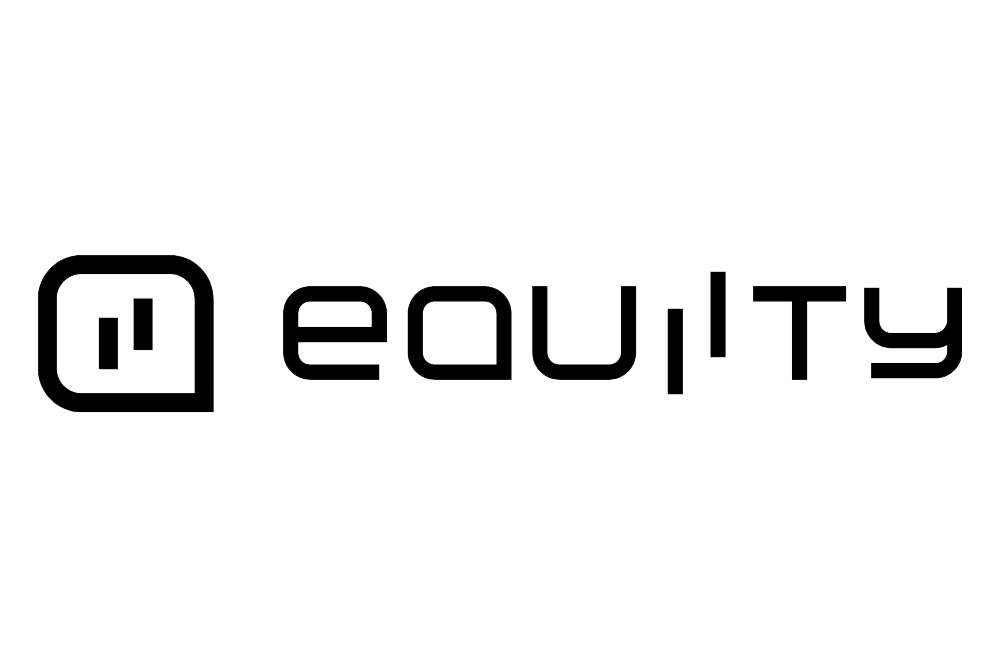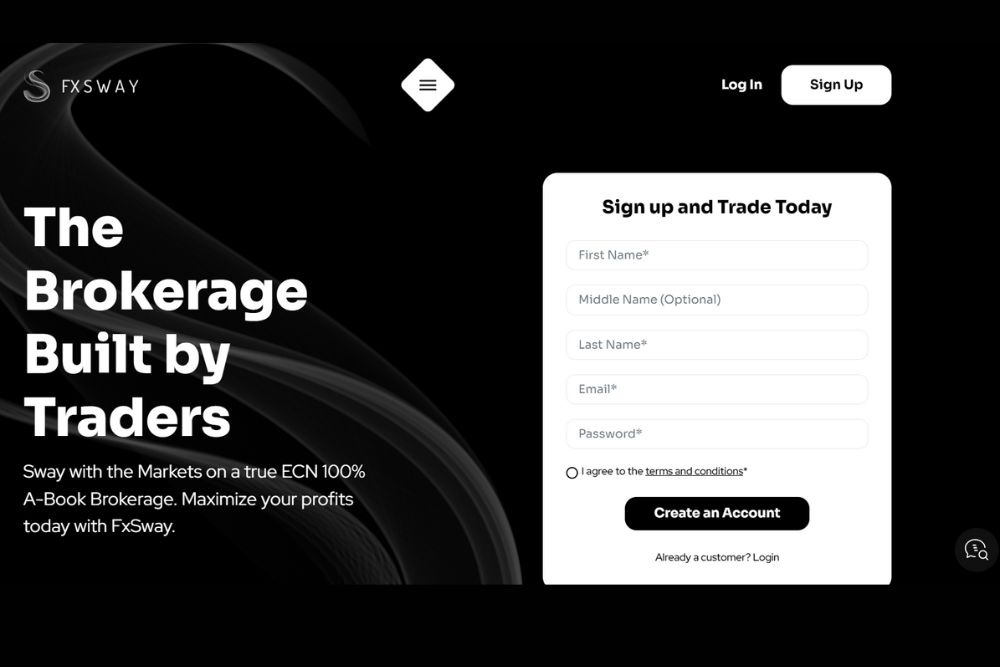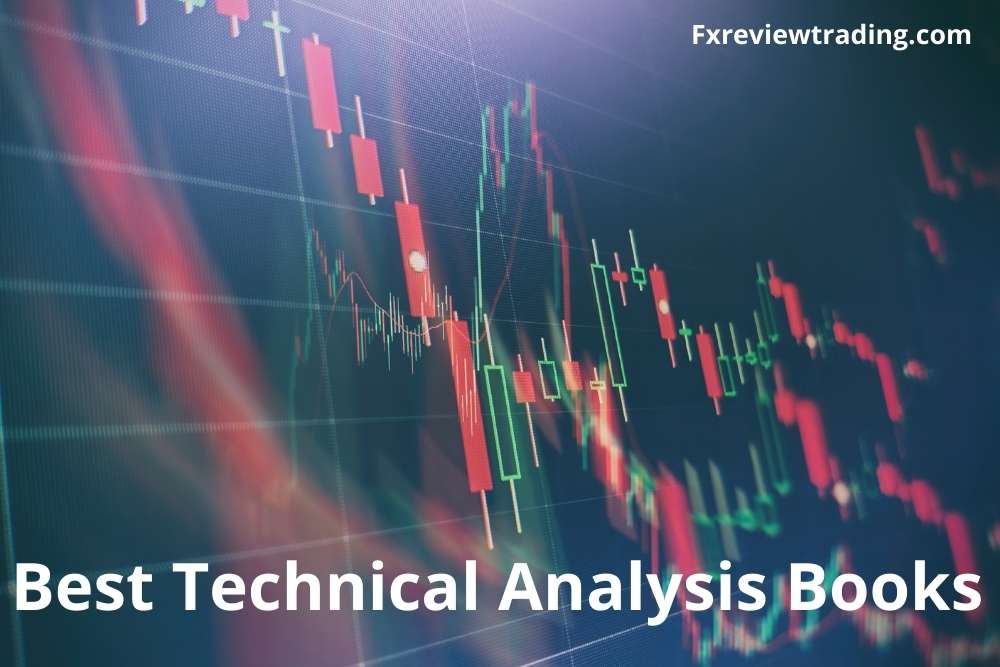What is Range Trading?
The financial market offers many fluctuations that traders meet with the use of strategies. One of the most preferred strategies of traders is range trading. It is a price-oriented trading action where traders use range to decide on the buying and selling of securities. Thus, we can say that it is the price movements between the resistance and the support.
Traders buy during the support price periods that are the oversold securities in the market and sell during resistance price periods that are the overbought securities in the market. The situation occurs in all financial markets, and investors take full advantage of range trading. The trading strategy could be used any time of the trading period, but it is most suited at the time of no market directions and no evident trend in the market.
What does Range mean?
If we generally talk about the term range, it means the limits between which things can increase or decrease. The term quite matches range trading, where we analyse the price movements for a particular time period. It acts as an analysis tool for any sector of the economy. The Range is a prerequisite to analyse the investments and know when to buy and sell.
A helpful tool that would suggest traders about the financial market and even aid in investment decisions. Traders need to be aware of the trading market and should understand securities traded. The range would only be helpful if analysed adequately. The chart and pattern understanding is necessary to study the change and invest in the market.
Range trading is a simple forex strategy, if used knowledgeably, could be highly beneficial. There are many charting and the financial software available for investors to calculate the price changes. Therefore, the market and strategy basics should be known and understood to study such strategies and use them properly.
Types of Range
Range trading, as we discussed, is used for knowing the price movements when they are high and low. The range lies between the highs and lows of the financial market. Therefore, we must realise the significance of its types and apply what kind of range trading strategies. To understand it better and use it for trading, we have mentioned below the types of range and their function in brief.
-
Rectangular Range
The function of such a range is to show horizontal and sideways price movements. The rectangular range primarily occurs between the lower support and the upper resistance. The range appears on the charts and indicators that traders use for the study of financial markets. They are typical during the market conditions, where they indicate the consolidation period and trends. In addition, these have shorter timeframes that lead to faster trading opportunities.
These are horizontal price movements that are easily spotted on the charts and indicators.
-
Diagonal Range
The range is also referred to as price channels and is a common chart pattern used in the forex market. The price movements in such a range are diagonal thus, naming it as the diagonal range. Prices increase or decrease in the sloping trend channel; the channel could be rectangular, narrowing or broadening. The range could exist for a long period of time. However, traders can take advantage of the trading opportunities in the range that occur within the trends. Due to this reason, channels are traded with a breakout strategy. Moreover, these breakouts happen in the opposite direction of the trend.
Thus, traders have the upper hand as they can anticipate the breakouts to earn profits.
-
Continuation Range
The continuation trend occurs within the ongoing trends, thus unfolding when a trend is already happening. These are the chart patterns with characteristics such as pennants, wedges, triangles and flags—a type of correction against the predominant trends. The range is traded as a breakout that is based on the time horizon of the traders. For example, the trend could be either bullish or bearish range occurring in real-time. These keep on occurring between the trends and patterns frequently. Thus, resulting in a breakout.
A profitable range for traders who want to open positions and earn profits instantly.
-
Irregular Range
Irregular ranges occur near the central pivot line; thus, the price movements are around the central pivot line where the support and resistance form. When the irregular range unfolds, traders should use tools like trend line analysers and moving averages—these help in identifying the support and resistance areas. Determining the support and resistance is quite tricky; traders have several opportunities by trading near the central pivot in an irregular range.
Traders can earn profit from this range by recognising the resistance lines. Traders with small profit targets can use this strategy to capture the price movements.
What is the Range Bar Chart?
Range trade uses charts and indicators to identify the overbought and oversold situations. The range bar chart is a chart pattern used to identify the trend in the range trade. These are the replacement for typical charts like candlesticks, bar charts and line charts etc., that are used for many years now. Range bars are the technical analysis tool used for analysing the financial market trends. Similar to other charting techniques, range bar charts are visual representations of the price movements taking place in the market.
The range bar charts only show the price changes taking place based on the time. The time-based charts are an exact depiction of the price range during that specific time period. Therefore, showing the same number of bars in the trading sessions and not affected by other factors of the market.
The range bars of each trading session represents a certain movement of the overall price. The bar closes only when the range is completed, the range bar’s size is decided by the trader.
The trading strategy is similar to the Renko strategy, where the time lament is removed to focus on the price movement. But, still, both are different as they serve contrasting technical purposes.
Vicente M. Nicolellis Jr. first discovered these range bars in 1995 in Brazil. The innovative technique of Vicente came as a solution to manage the highly volatile local market. To get a more specified result, the time element was removed later. Thus, focusing on the price movements only.
The trading strategy of range trade is also known as Nicolellis range bars after the name of its creator.
When the Range Bar Chart works best?
As we know by now, that range bar only considers the price actions and eliminates all other factors. Consequently, we can say that a range bar chart works the best when price consolidation zones—eradicating the market noise and levelling the price actions for better analysis.
Key Points of Range bar chart:
- Uniformity in size
- Range is constant
- Customisable bar
- Always opens and closes at the top and bottom of the bar
- Time-dependent
- Help identify the range of price
Range Trading Strategies
Being a popular trading strategy, range trading has many beneficial strategies that aid traders in analysing market and price actions. In addition, the ranging market has many trends that act to recognise and visualise the price changes of the financial market. Here, we have discussed the most effective trading strategies relating to the range.
Range-bound trading
Traders investing in the stock market follow many trading strategies for earning high profits. They use stock charts to identify the trend and invest. However, when security stops and does not follow any trend and keeps oscillating between prices, known as range-bound. It is a technique that is helpful in such situations and helps identify the resistance levels and support levels. The price of the security bounces back and forth, thus creating identical highs and lows.
The strategy helps to identify and capitalise the stock trading. Once they find the support and resistance levels and connect the trendlines. Traders purchase the stock at the bottom of the channel and sell at the top of the channel.
Support and Resistance
Support and resistance are the price levels that are used to buy and sell the security. For example, suppose the security is in a trading range, then traders can buy the security when it approaches the support level and sell when near the resistance level. There are various technical indicators that are used for identifying the trend and support and resistance. These are the relative strength index, Commodity channel index and stochastic oscillator etc. They help to decide on the trading conditions and oscillation of the prices in a range trade.
Breakouts and Breakdowns
In the market, there are two directions of range trading, breakout and breakdown. A trader can enter any direction as per the range of trade. In fact, traders can validate their moves by using other indicators.
The breakouts offer traders to enter the range-bound market with valuable tools such as volume and price action. They can decide on the trend range with these strategies.
Ranging Market
The ranging meaning is to have an upper and lower limit in amount or the price. When trading in such a market, we need to determine the ranging market for smooth trade and price actions. Traders can use range-bound strategies to ascertain the ranging market. The strategy has technical tools: Bollinger bands, Oscillators and Moving averages etc. Traders can also avoid fake breaks using methods such as trade triggers for entering the trading range.
The technical tools of range-bound help to determine the ranging market. The Bollinger Bands are the envelopes set at the standard deviation level above and below the moving average of the price. Working as a statistical chart helps analyse the price and volatility of a financial instrument over a time period. In this, a flat slope is the sign of potential trading.
In the same way, oscillators aid by confirming the resistance and support levels. The oscillator line, when crosses the oversold it determines the long trade, and when it crosses overbought, it determines the short trade.
How to Range Trade?
Range trade is not at all a complicated process to study the range bar charts. All it requires is patience to understand it. Then, by studying it regularly, traders can be pro at range trading.
The first step of range trade is to identify the range. There are trading platforms that provide such facilities. Traders can use them to analyse the price movements. But understanding and use of the range trade must be clear and known. As traders won’t be able to analyse the chart if there’s no understanding of the range market.
The second step is the type of range; traders have to analyse and know which type of range is occurring and what strategy is to be applied. For example, the range could be rectangular, diagonal, continuation and irregular. After this, traders can enter the market positions as per their needs. Traders can enter the market position of range manually or by using the limit orders.
The third step is risk management; traders have to use risk management techniques to play on the safe side. The market is highly uncertain, and prices will not always hit the support and resistance areas. Traders can use the stop losses in their trade to avoid unnecessary losses and be successful traders. These could be set as per the requirement of the investor and instrument of trade.
The fourth step is the use of indicators while trading in the financial markets. With support and resistance levels, traders even apply indicators to analyse the price. For example, relative strength index (RSI) and Commodity channel index (CCI) etc., could be used to decide overbought and oversold prices.
Lastly, range breakout is the final step of range trading: the trading range ends, and the price breakout. Traders can, after that, look for new trends or find other markets to trade. In breakouts, traders can use buy and sell limits to take advantage of the breakout. With the help of indicators, traders can decide whether they want to continue with the same trend after breakout or not. However, traders must be alert as they may be false breakout as well.
Conclusion
Range trading is a trading strategy that guides traders on price changes. It could be about range stocks, equity trade or stock support or resistance or any other financial instrument of the market. Every trader would require a range trading strategy to determine the price movements. Investors always want to earn high profits, and that is possible only when traders know when to buy and sell. For this range, trading is important; the strategy tells about the support and resistance levels in the oversold and overbought conditions, respectively.
These are useful terminology and factors of financial trade. So, understanding these factors and their functions is quite vital for the trade. For example, traders can set up their entry and exit, manage risks and many other areas with range trading.
To enjoy smooth trading with all the trade and trading tools features, we would suggest our readers go with ROinvesting brokers. It is a highly professional and regulated brokerage firm. It has all the essential analytical tools for range trading and other strategies.








